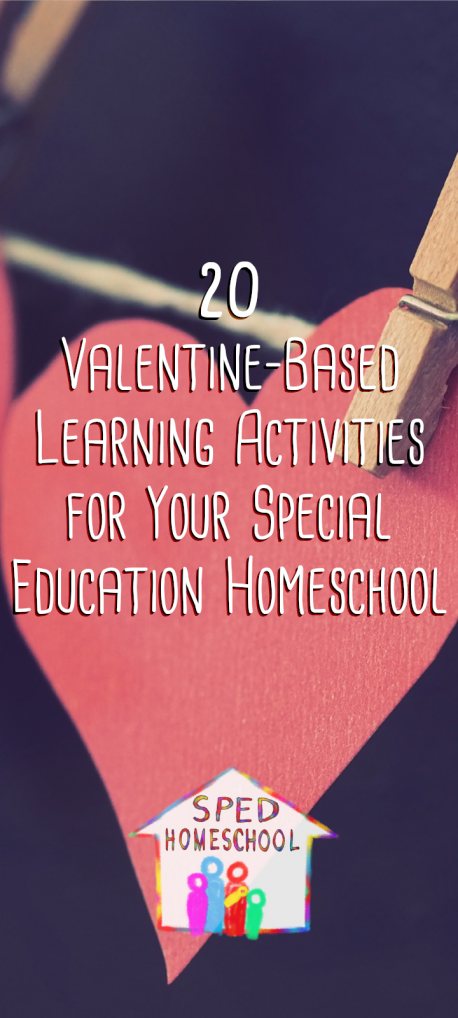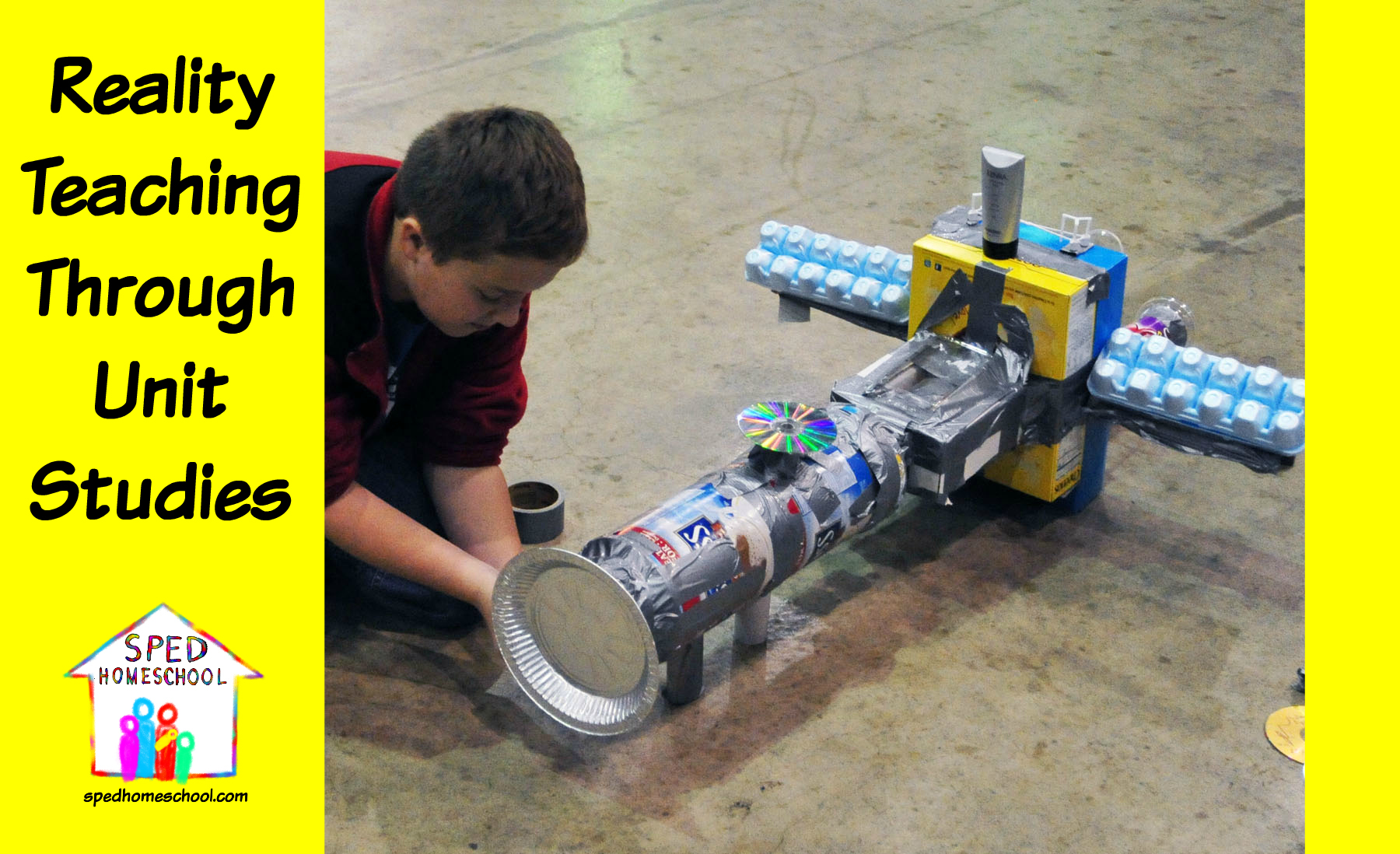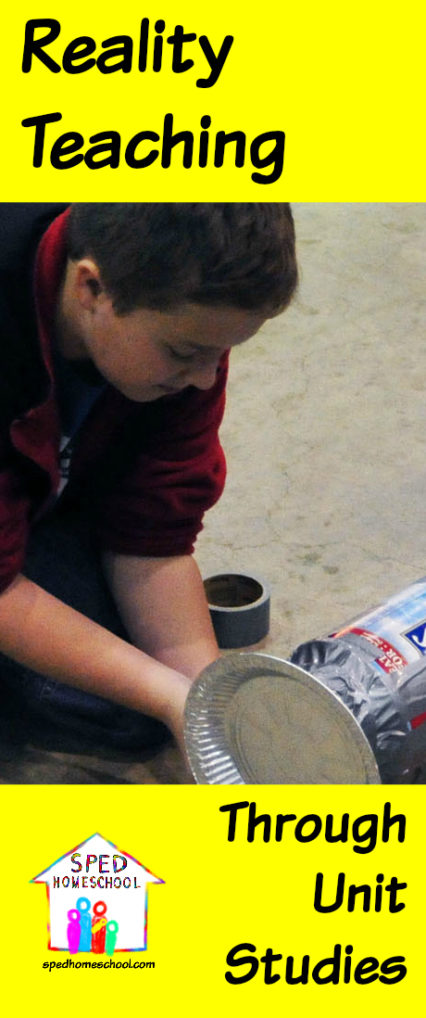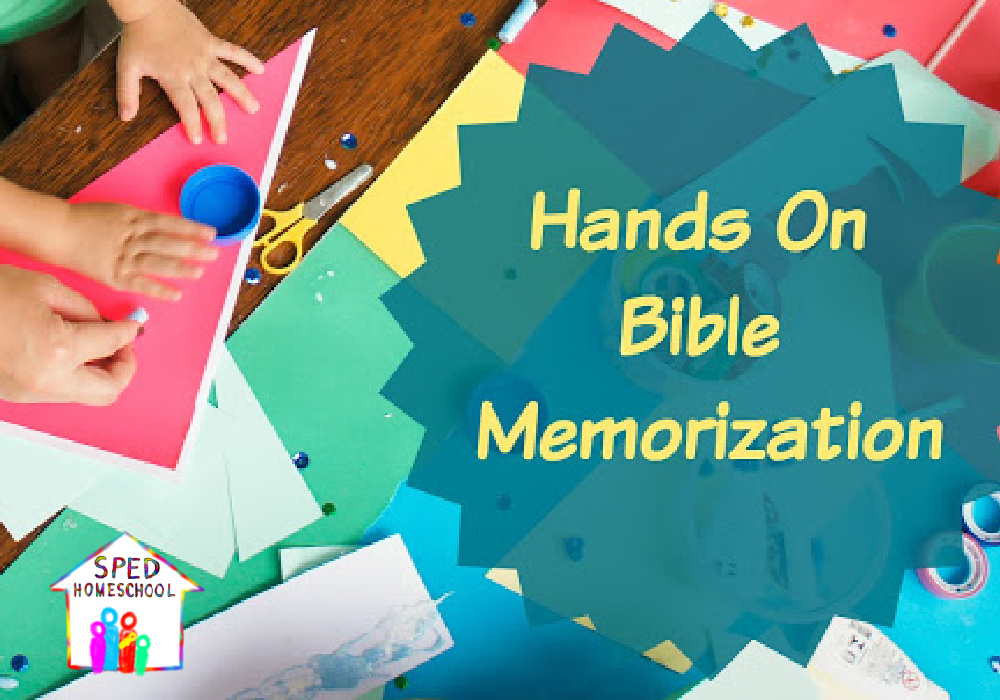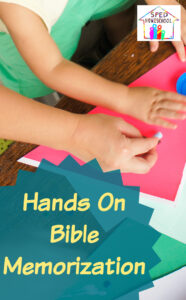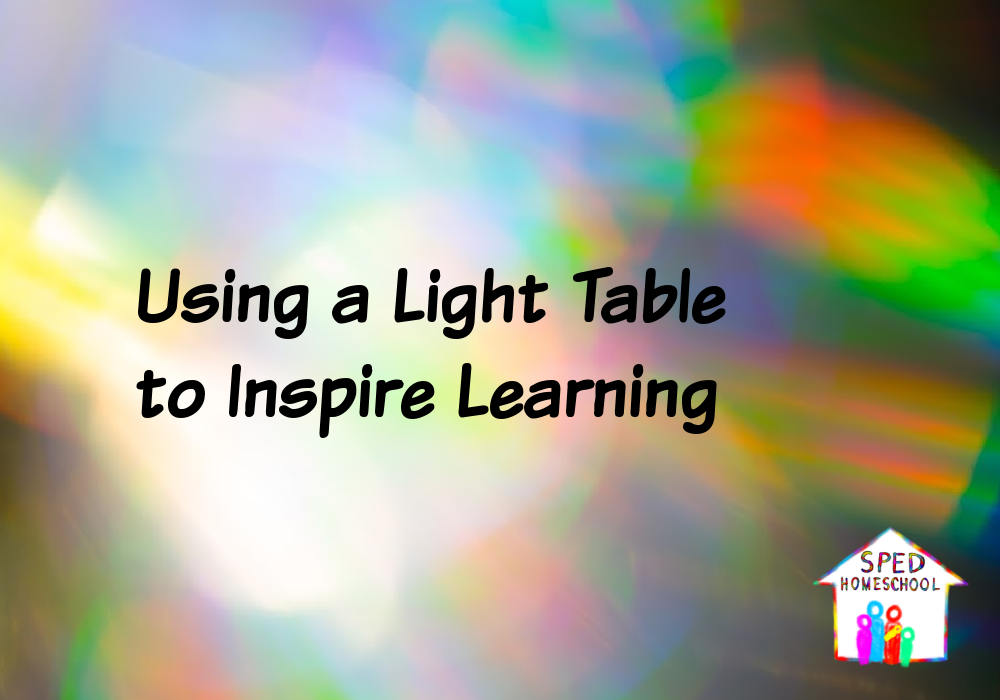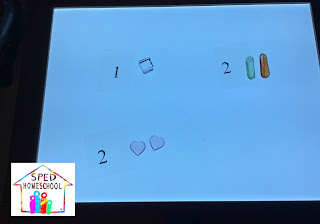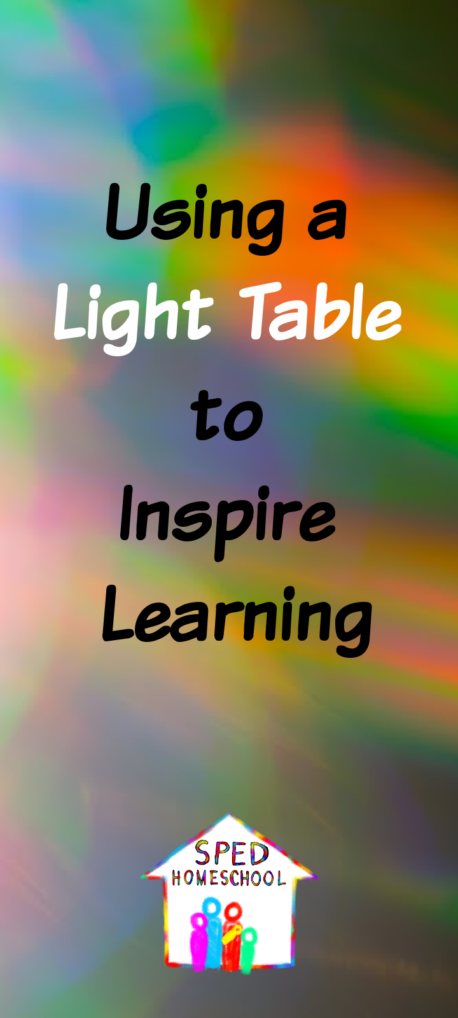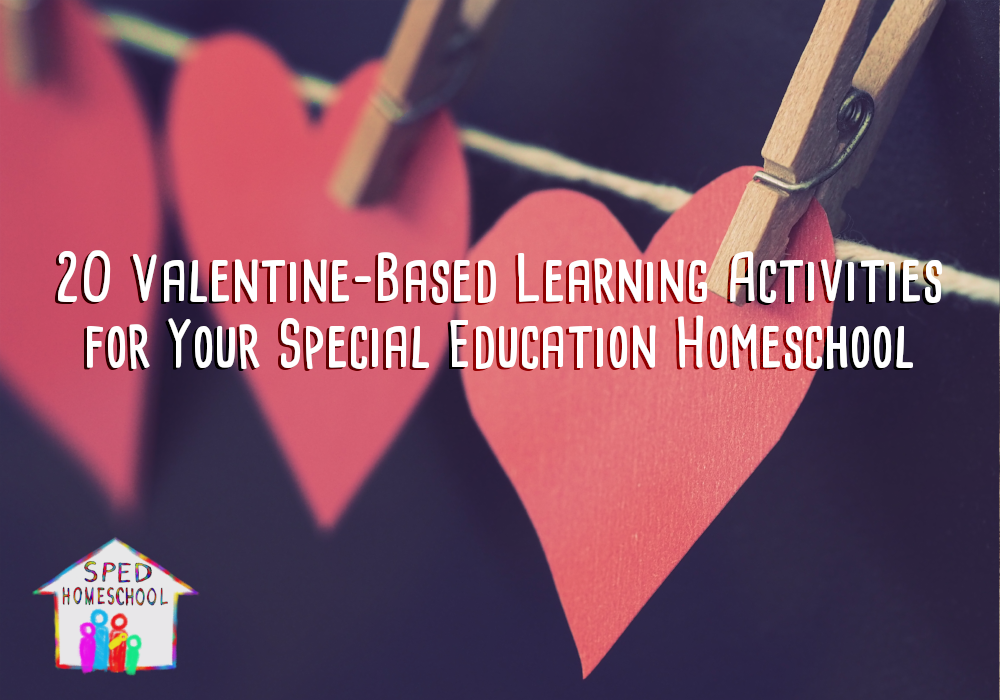
February is soon approaching and even though it is typically the month retailers have us all thinking about love and sending valentines, the cold weather and our cooped-up kids don’t always make us feel very loving about our homeschooling or our parenting pursuits.
Instead of giving into those winter blues, take some time during these next few weeks to put aside your regular lessons and try to refocus on the love of learning. And, what better way to do that than with these fun Valentine-themed learning activities?
Here are my top 20 free picks from the SPED Homeschool Valentine Pinterest board.
1 – Lego Valentine Learning Activities: Learning activities centered around Valentine’s and Legos
2 – Valentine Hearts Spelling Game: Spelling words with a fun Valentine’s Day twist
3 – Valentine Math Facts Game: A fun game for brushing up on old skills and practicing new ones
4 – Valentine Scavenger Hunt : Free printable clues for making a fun Valentine’s Day scavenger hunt
5 – Threaded Heart Paper Plate Craft: Cute paper plate heart craft that’s great for working on fine motor skills
6 – Valentine’s Day Speech Therapy Activities: 100+ speech therapy related activities for Valentine’s Day
7 – Candy Hearts Unit Study: Teach everything from math, critical thinking, science, history and language arts with candy hearts
8 – Brain-Building Valentines Activities: Multiple activities that work on midline crossing, fine motor skills, vestibular activities, and visual planning
9 – Valentine’s Day Unit Study : Through books, videos, and art, delve into the history around St. Valentine and Valentine’s Day
10 – Science Experiments for Valentine’s Day: Simplified biology, chemistry, and physics lessons with heart or Valentine’s Day themes
11 – 25 Valentine Process Art Projects: Art projects that explore a variety of different and allow your children to express their artistic flair
12 – Valentine Themed Light Table Activities: 15 different activities for a light table, all focused on Valentine’s Day
13 – Love Your Neighbor Unit Study: Activities to help your children think about loving
intentionally this Valentine’s Day
14 – Valentine’s Day Montessori Work: 9 Valentine’s Day activities that use Montessori teaching principles
15 – Heart Visual Discrimination Printable: A fun way to work on identifying similarities and differences
16 – Valentine’s Day Games and Brain Breaks: 10 activities to get your child up and moving on Valentine’s Day
17 – 30 Valentine’s Day Speech and Language Activities: Lots of free speech activities to use on Valentine’s Day
18 – Mapping the History Behind Valentine’s Day : Learn history and geography in this mini unit study about Valentine’s Day
19 – Valentine’s Day CVC Board Game: Fun printable board game to use with your emergent readers
20 – Scripture Card Valentine Art Project: 4 printable scripture-based valentine cards your children can customize with their own art
Still not enough choices? Then make sure to check out the SPED Homeschool Valentine Pinterest board containing over 200 more ideas to choose from. And, while you are there, make sure to check out the rest of the SPED Homeschool Pinterest boards.
Did you benefit from this article?
Would you consider a small donation to support the ongoing work of SPED Homeschool?
Click Here to Donate Today
